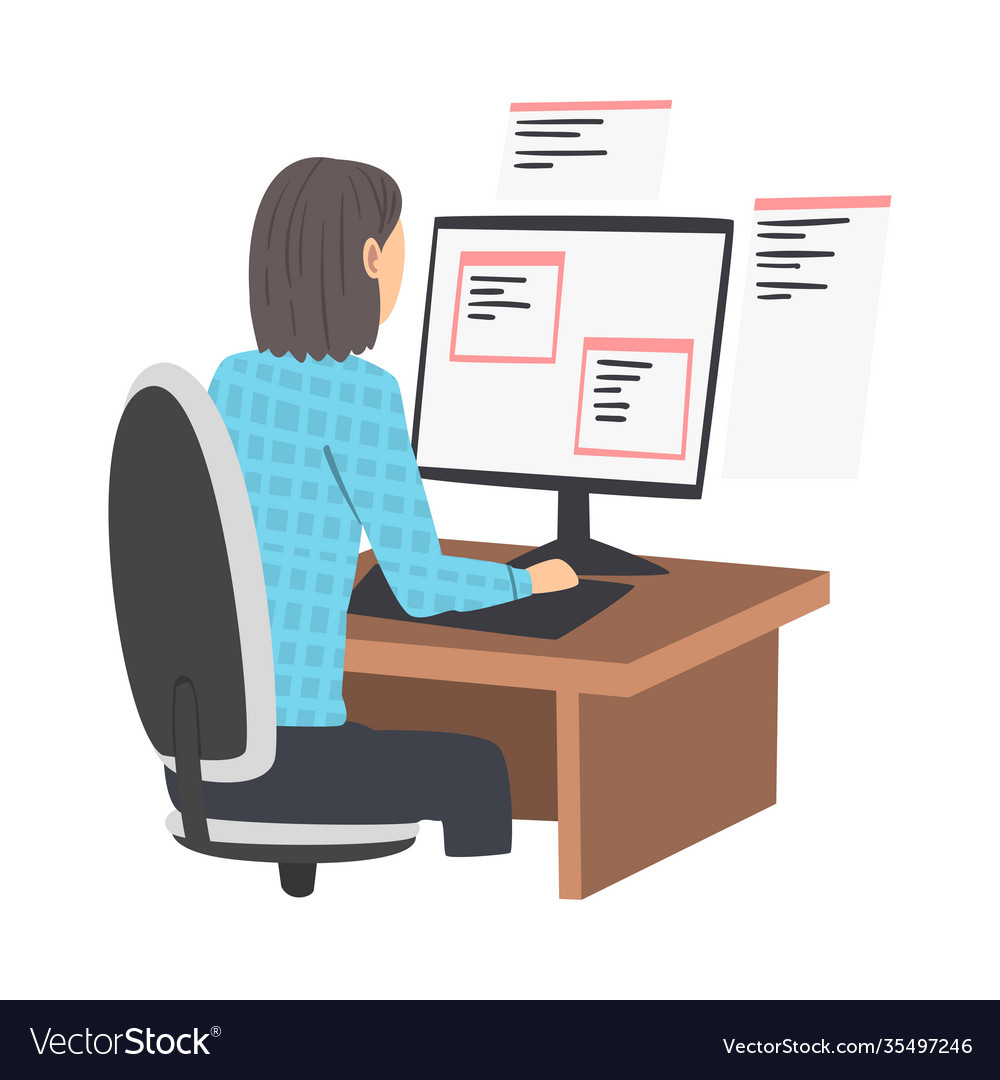Committed Developers vs. In-House Teams: Which Is Right for You?
The choice in between utilizing dedicated designers and preserving an in-house team is a substantial one that can influence the trajectory of your jobs and total business method. Conversely, internal groups contribute to a natural firm culture and a nuanced understanding of long-term goals.
Understanding Dedicated Programmers
The growing demand for specialized skills in the tech sector has caused the appearance of dedicated designers as a sensible option for many organizations. These professionals are usually contracted on a task basis, enabling companies to take advantage of details experience without the long-term dedication linked with permanent hires. Committed programmers are typically embedded within a customer's team, giving adaptability and scalability to fulfill task demands.
This version enables organizations to access an international skill pool, which is particularly helpful in a rapidly progressing technological landscape. Dedicated developers can be sourced from various geographical locations, making sure that firms can discover the right ability at affordable rates. They commonly bring a wide range of experience and knowledge, having actually serviced diverse tasks throughout different sectors.
In addition, committed developers can focus exclusively on the jobs available, enhancing productivity and efficiency. They are outfitted to incorporate seamlessly right into existing workflows, working together closely with internal teams to accomplish job objectives. This method not only reduces the concern of recruitment and training however likewise permits organizations to continue to be dexterous, adapting quickly to changing market needs and technological advancements.
Advantages of In-House Teams

Furthermore, internal groups often tend to have a deeper understanding of the company's mission, worths, and goals. This alignment can boost staff member engagement and motivation, as staff member really feel a lot more connected to their work and the organization's success. Furthermore, having a dedicated internal team permits better positioning of approaches and purposes, as these members are regularly concentrated on the business's top priorities.
In-house teams also help with quicker decision-making procedures, as they can respond more swiftly to challenges and changes. The well established relationships and knowledge with company procedures permit structured process and decreased miscommunication. Eventually, the combination of a natural society, positioning with business goals, and reliable communication makes in-house teams a valuable property for numerous organizations, specifically those aiming to grow long-term growth and development.
Cost Factors To Consider
When evaluating price factors to consider, both internal groups and specialized designers present unique financial implications for organizations. Involving specialized programmers commonly includes a my company pay-per-project or per hour rate model, which can be affordable for organizations with rising and fall job demands. This method permits versatility in scaling sources up or down, ensuring that business only spend for the services they need.
On the other hand, internal teams entail taken care of costs, including wages, advantages, and overhead costs such as workplace and devices. While this version offers higher control and prompt accessibility of sources, it might bring about higher lasting expenses, specifically if the work does not validate a full-time personnel.
Moreover, firms must take into consideration the hidden expenses connected with employment and training of internal workers, which can even more strain budget plans. Sometimes, the moment and resources invested in handling an in-house group can detract from the company's core service objectives.

Project Monitoring and Versatility
Project management and versatility are crucial variables that influence the option in between internal groups and devoted developers. Dedicated groups typically have actually developed procedures for managing jobs successfully, leveraging particular techniques like Agile or Scrum, which assist in iterative progress and flexibility.

Ultimately, the choice between internal groups and devoted designers depends upon the wanted degree of flexibility and the details job management needs. Companies must examine their operational characteristics, project intricacy, and source availability to establish which choice straightens best with their critical goals.
Making the Right Choice
Picking the best advancement strategy-- in-house teams or committed designers-- calls for a careful evaluation of different variables that align with a business's strategic goals. On the other hand, internal teams can give much better connection and integration with existing employees.
Next, examine your spending plan. Dedicated developers often provide a cost-effective service for temporary projects, while in-house teams may incur higher long-term expenses because of salaries, benefits, and overhead prices. Assess the level of control and collaboration wanted; in-house teams generally foster more powerful communication and positioning with business culture.
If immediate results are essential, dedicated programmers can be onboarded rapidly, whereas constructing an in-house group takes time for employment and training. If constant growth is vital, spending in an in-house team might generate far better returns over time.
Conclusion
In conclusion, the choice in between devoted developers and in-house groups pivots on task demands and business goals. Conversely, in-house groups grow a natural society and deeper positioning with long-lasting goals.
The choice in between making use of dedicated designers and preserving an in-house team is a significant one that can influence the trajectory of your projects and overall organization approach.Project monitoring and flexibility are essential elements that influence the selection between internal teams and devoted developers. nearshore software development.In comparison, in-house teams might succeed in maintaining a consistent task management structure due to their knowledge with the organization's society and lasting goals. Devoted developers typically present an economical option for temporary jobs, while in-house teams might incur greater long-lasting costs due to wages, benefits, and overhead costs.In final thought, the choice between internal teams and dedicated designers hinges on job requirements and organizational goals